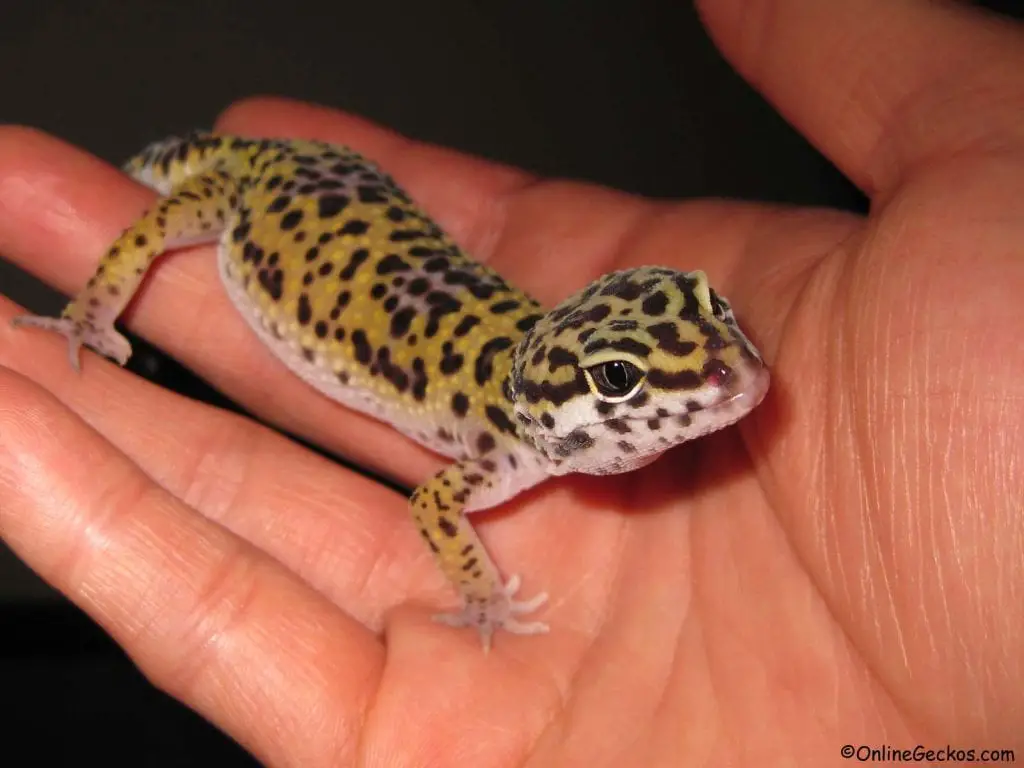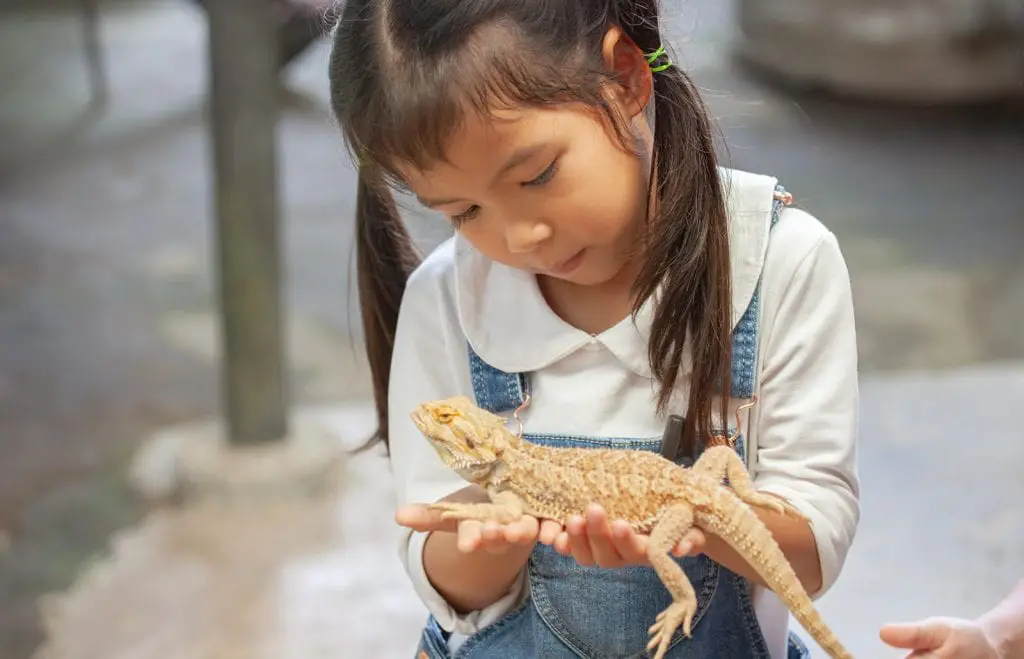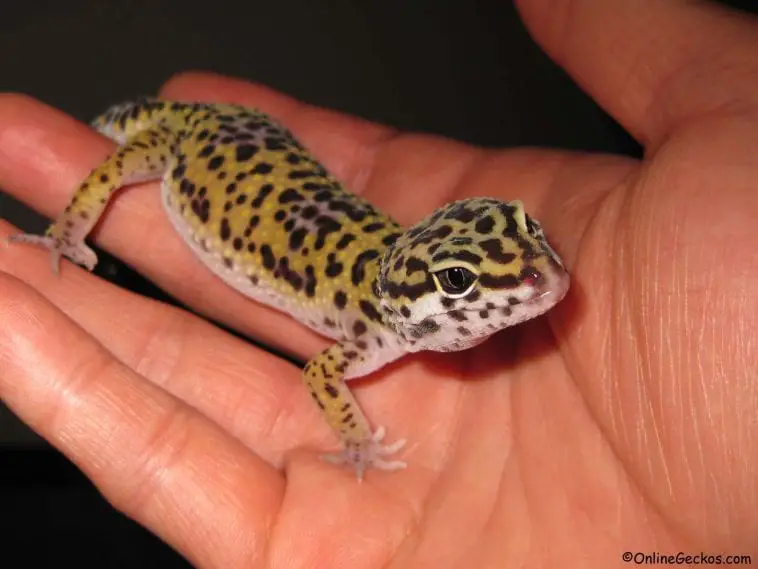Reptiles can be fascinating pets. However, every species tends to be amazing in a unique way. While others choose to care for snakes or turtles, more reptile keepers prefer lizards. Lizards tend to be different from snakes and turtles.
How to Care for a Lizard
It seems like lizards find people quite interesting. Perhaps, they do because humans bring them food. Whatever is on their heads, even the minimal interests of lizards to people make themselves adorable to people. Here are some tips for caring and keeping the lizards healthy and happy:
#1. Do a Preliminary Research
Before setting out the plan to become a reptile owner, it’s best to do preliminary research in the meantime. Different types of reptiles are different. Each kind has a different set of needs. Before buying a reptile and taking it home, you have to learn first its needs and initial aspects. Also, you need to be eager to know what the reptile needs to be happy and feel safe. If you don’t want to put the effort, then owning a reptile is not a good idea for you. Find out how often the animal needs to eat, what it eats, and the other requisites before you decide.
#2. Respect the Animal
Reptiles also deserve respect, just like other creatures. If you don’t feel okay with taking care of a bigger reptile, then you may start with the smaller one. Likewise, you must seek help from a certified herpetologist with adequate experience in taking care of the reptiles. Most of the herpetologists are happy to work with novice reptile owners to help them learn how to take care of these animals properly.
#3. Know the Nutritional Needs of Your Pet
Reptiles want fresh, live food. Some of them require mealworms or mice, while others require a diet consisting of more fresh veggies and fruits. Dubia roaches are an excellent addition to your pet’s diet. These are easy to care for and breed. Plus, they are an excellent source of different nutrients like protein. Though the market has commercially made reptile foods to offer, it’s best not to try them and choose fresh foods right for your pets’ needs. However, you can use roach jelly, which is another convenient way of getting the essential nutrients of your pet.
#4. Handle the Lizard with Confidence

Whether it is your first time to own a lizard or you’ve been taking care of one for a long time, handling your pet with confidence is a crucial factor in keeping a good relationship with the animal. Once you’re confident in handling your pet, it will allow the animal to feel comfortable with you. When you are nervous, this will show in your gestures which the animal will sense.
#5. Allow Your Pet to Know When There’s No Food Associated with the Interaction
Lizards bite humans for just two reasons: either as the defensive strike or feeding response. Before picking up your pet, you should make it understand that you’re not going to feed it. You can do it by poking the lizard’s nose using a lifeless thing. This will let your lizard learn that you’re not a predator.
#6. Know the Best Body Parts for Touching the Reptile
When handling the lizard, don’t touch its tail when taking it out of the enclosure. This will trigger undue stress to your pet and make its body unsupported that provokes fear. When that happens, your pet will become defensive and may strike you. The best part of touching your pet is in the midsection, particularly on the side.
#7. Be Sure Your Hands are Clean
Reptiles of all types have powerful sensory organs, which means they could sense even the weakest scent. If your hands still have the scent of the prey, then your pet may mistakenly identify your hands as food.
So, never forget to wash your hands after feeding the lizard with your bare hands. Also, keep your hands clean when handling your pet as it will help prevent in introducing harmful contaminants, including bacteria, to its living space.
#8. Avoid Using a Head Restraint
If you wish to use a head restraint for your pet, it will be a predatory move. It’s a good way of making your pet fearful about you. This will lead to an unenjoyable experience between you and your pet.
#9. Think of the New Pet as the Loaded Gun
It might seem odd, but it’s only a warning of treating your pet with caution and respect. If your lizard used to be aggressive in the past, keeping its head pointed apart from your body. After that, gently and slowly introduce the animal to yourself. As much as you can, avoid fast and jerky movements that your pet may interpret as a threat.
#10. Purchase a Reptile That Has been Bred and Raised in Captivity
When buying a lizard, it’s best to get it born and raised in captivity. This way, you’re sure that your pet is healthy and calm.
#11. Take Note of the Temperature
A reptile is naturally ectothermic. That means it regulates its body temperature through external sources. Usually, indoor room temperatures are extremely cold for the reptile to sustain the ideal body temperature. Therefore, keeping your pet outside the enclosure can be dangerous.
To ensure your pet maintains normal body temperature, limit the out-of-enclosure exposure to 20 to 30 minutes. Check with the local pet store or get in touch with the herpetologist to know if your pet requires a heat bulb or any other kind of device that can help regulate the temperature inside your pet’s enclosure.
#12. Consider the Humidity
Controlling the humidity level inside the enclosure of your pet is crucial to its comfort and health. A too dry environment can cause severe health issues, which can result in the death of your pet. However, a too moist environment can be a breeding ground for harmful fungi or bacteria. In the woods, the reptile controls its exposure to humidity through moving to the microclimate or burrowing, which is more to its liking. However, it can’t do it when raised in captivity, so it’s your responsibility to do it for the animal.
#13. Consider the Lighting
The lighting is also a crucial factor in taking care of a lizard. Since it’s a cold-blooded animal, it depends on the heat coming from the UV rays and day-and-night cycles to work properly. You must give your pet the right kind of lighting to stay healthy.
#14. Don’t Handle Your Lizard After Feeding It
Digesting food could be stressful for the abdomen of your lizard, especially if a meal takes two days or more to digest. Excessive handling if your pet tries to digest food could lead to regurgitation that could be dangerous to it. Therefore, when your lizard has the visible lump in the belly, don’t handle it except when it’s so necessary.
#15. Supervise Your Child When Handling Your Pet

For your pet’s and child’s safety, always supervise your kid when he or she handles the reptile. Remember, your child could become too rough with your lizard that can lead to the animal that loses trust. Likewise, if the lizard becomes defensive, it may quickly bite, scratch, and whip with the tail, which can be painful and threatening the child. Also, don’t allow the child under 18 months to touch the reptile, as its immune system is not fully developed yet.
Extra Important Things to Remember
Also, don’t forget to provide your pet lizard the most suitable type of housing. Keep in mind that this animal needs more space, so make sure its enclosure provides ample space for movement. Likewise, the cage must be escape-proof, which is crucial for the safety of both your family and your pet.
Always keep the enclosure clean. Reptiles are prone to bacterial infections, which may arise if these animals stay in unclean settings. Besides, their fecal matter contains salmonella that is dangerous to humans. The most effective way of preventing these threats is keeping the enclosure of your pet clean. You must clean it regularly and use a disinfectant for some time to keep the cage germ-free.
Lastly, always keep yourself educated. Keeping a reptile is way different from keeping a dog or cat. Whatever type of reptile you choose to keep, it always has the potential to become dangerous. The greatest way of keeping you and your loved ones safe is to know the dangers associated with your pet and the best ways to prevent them.
Of course, you need to be 100% confident in taking care of a lizard. If not, you may end up stressing or hurting your pet. You can’t lie because your pet will always sense and feel what you truly feel while handling the animal.
Reptiles like lizards can last for more than a decade. Taking care of them is no doubt a long-term commitment, so you should be ready for this before anything else.



